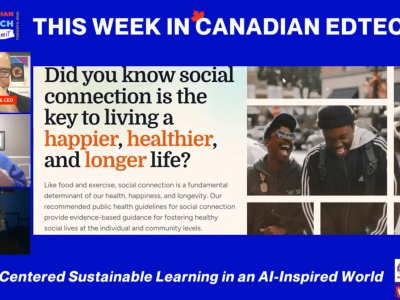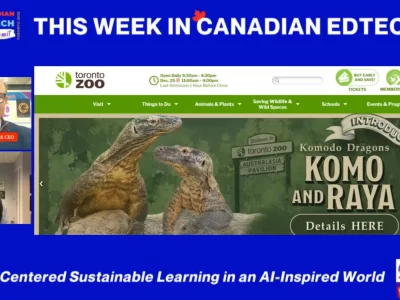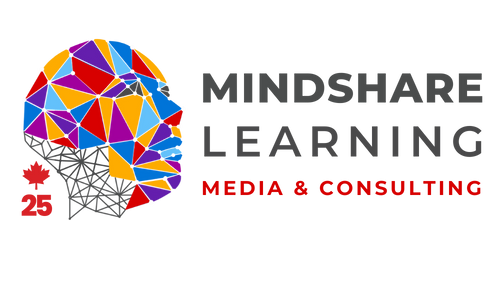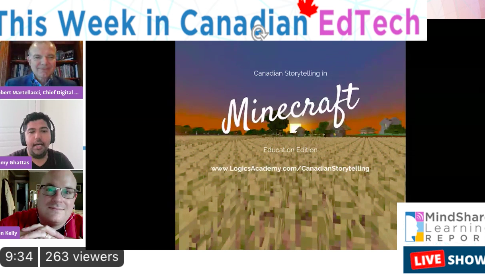MindShare Learning | Second Step Product Review by Timothy Gard, April 4, 2024
The Second Step K-8 Social-Emotional Learning (SEL) program is a comprehensive resource for educators and consultants aiming to embed emotional intelligence, empathy, and conflict-resolution skills within the fabric of elementary and secondary education. Designed by the Committee for Children, a non-profit organization that fosters safe and respectful environments for students to learn and grow, Second Step is a research-based and teacher-informed approach to SEL. Social-emotional issues significantly impact educational environments. This assertion can be supported by a range of evidence, including academic research, psychological studies and, as this teacher can attest, direct observation in school contexts.
To say that these issues are at epidemic levels is not an overstatement. Teachers are overwhelmed with the broad spectrum of social-emotional challenges that confront them daily. One only needs to look at the number of teachers leaving the profession because of the myriad issues impacting their desire to teach. Many young teachers are ill-equipped to deal with these challenges. Second Step can provide the support and a compelling, research-based tool that novice and veteran teachers can use to help build SEL capacity. This can only help to encourage teachers to stay in the profession and to feel that they have the resources to deal with the social-emotional issues that are ever present in our schools. Students cannot learn if they are struggling with some form of social-emotional challenge. These challenges range from mental health concerns and behavioural problems to bullying and emotional distress.
If you peruse Second Step’s website, you will see that it provides many resources for any school or district interested in getting a cursory overview of what their program offers. This includes overviews of their different school programs, links to resources such as webinars, sample lessons, research, assessment and evaluation, and alignment charts. You can reach out for a consultation, learn about their research, impact and vision (Figure 1) and sign up for their newsletter. The public website is full of relevant information regarding their SEL program. Below, I will provide an overview and review of the setup and resources for administrators and teachers who have purchased an account.
When I began my tenure as a young elementary school teacher in the North York Board of Education many years ago, I remember being introduced to Second Step. I didn’t think I needed this program to help me teach at the time. How naïve! You cannot teach children if in any way they feel unsafe or are preoccupied with some form of mental stress or duress. These complex issues require a comprehensive and well-researched social-emotional program that a teacher can use to build social-emotional learning capacity. I still remember students responding well to the Second Step program, and I remember, through the days and weeks of teaching, that I often referred to the lessons the students had learned because of this program. If the program was effective, how much more effective would it be almost thirty years later? Let’s look at how this program has evolved and what it offers for today’s students, teachers and administrators.

Figure 1
Indeed, most teachers would welcome an effective social-emotional learning platform to help support and augment their teaching repertoire and to help build robust and resilient classroom and school communities. Second Step has invested the time, energy, and resources to develop a welcoming, engaging and effective online learning environment. Administrators can log in to their Leader Dashboard to launch the Second Step program and manage their school or district’s users. The dashboard leads the administrator through a successful launch campaign by providing a walk-through video and step-by-step planning articles. This leads to creating a practical playbook for the launch and inviting staff to the program so they can sign in, complete training, and create their classes. Administrators can follow the successful implementation of the above via their leader dashboard, where they can toggle a button from ‘Launch’ to ‘Monitor.’

Figure 2
Implementing a social-emotional learning program effectively to build and support capacity in a school or district requires an effective monitoring system. The Leader’s Guide to Reporting provides the administrator with an overview of lesson completion so that the administrator can provide support and counsel if there’s a gap relative to the whole-school implementation guide. Further, the administrator can highlight successes so that the school team can be encouraged and motivated to continue the process of building capacity in social-emotional learning. One of the resources that Second Step provides through the dashboard is an article entitled ‘Supporting Lesson Instructors,’ which informs the implementation team with research-proven advice on program adoption, staff readiness and implementation fidelity. This kind of support is needed. Suppose you wish to fully implement the Second Step program and gain the capacity build required in social-emotional learning. In that case, eliminating barriers to a cohesive roll-out is essential. Fully effective social-emotional learning requires that all students from K-8 are exposed to programming regularly. This also means foundational items introduced in earlier grades can be scaffolded appropriately to the end of grade 8.
Once a teacher creates a class, they can have an overview of the entire program from the first page. The grade level is displayed, followed by the number of lessons (1), the four units (2), and the Scope and Sequence document (3). They also are given a quick start guide (4). The Scope and Sequence document outlines the four different units and twenty lessons they can implement in a carefully planned program. The Scope and Sequence document uses the same unit themes from K-5 and then changes from grades 6-8. From K-5, teachers begin with the unit entitled Growth Mindset and Goal Setting, then proceed to Emotion Management, Empathy and Kindness and then finish with the unit theme, Problem-solving (example below). Grades 6-8 teachers also have four units; however, they use the following themes: Mindsets and Goals; Recognizing Bullying and Harassment; Thoughts, Emotions and Decisions and complete the fourth and final unit, Managing Relationships and Social Conflict. This research-supported scaffolding supports children’s emotional, social and neurological development from early primary to middle school.
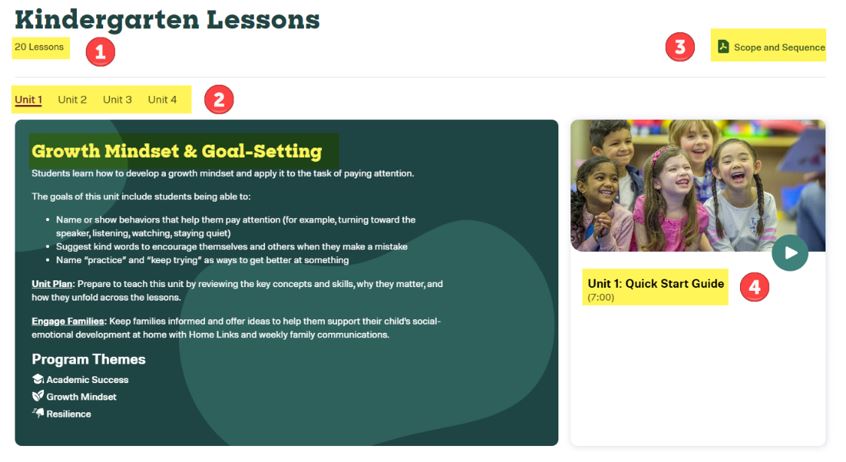
Figure 3
Second Step is simply a cogent, robust, professional resource that can be easily rolled out in any elementary or middle school context. It is clear and concise and uses current pedagogical practices by providing learning goals for each unit, a unit plan, and a section for extending social-emotional learning by using an engaging family resource and highlighting the program themes. All are easily accessible from the main page of each grade level. Any teacher would be happy to use this resource because the implementation is straightforward, and the resources are so accessible.
Within the Scope and Sequence document (Figure 4), the program provides the teacher with the program themes for each unit, the CASEL Core Competencies (Collaborative for Academic, Social, and Emotional Learning), lesson titles, sub-titles, and learning objectives. This document is essential for educators working through their year-long plans. Most of the work is done for you, and you can concentrate on implementing the entire program over the year. At the top of the web page, you also have links to Activities (called Advisory Activities for middle schools), Training, Program Supports and a section entitled Engage Families. The Activities link gives you access to the Brain Builder videos and extension activities. You also have quick access to the Training section, which provides a step-by-step sequence on SEL, a program walk-through and best practices for lesson delivery.
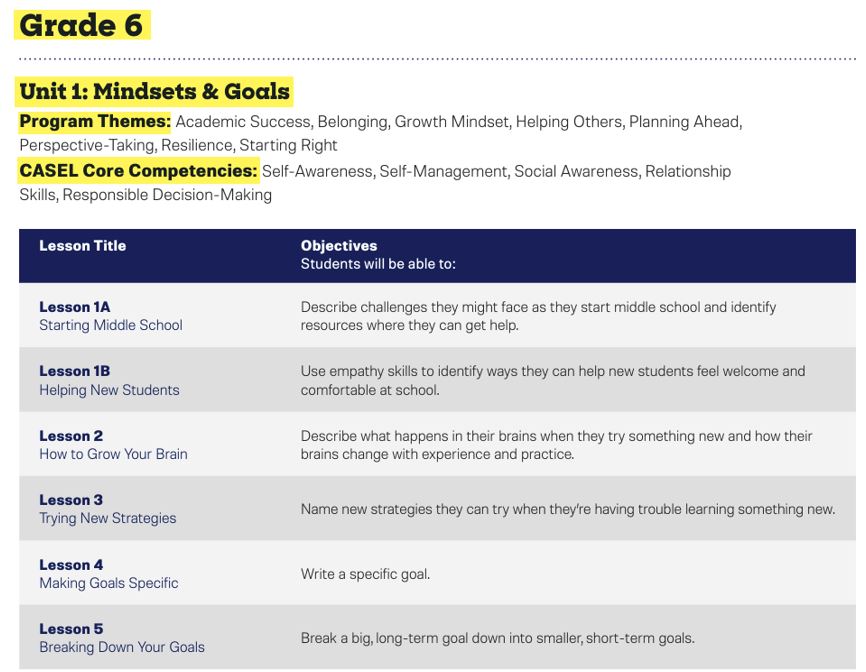
Figure 4
What does a typical lesson look like in the Second Step program? Every lesson provides the teacher with an Overview and Planning document, including a Lesson Plan, Prep and Extend and a Lesson Plan in Spanish. If necessary, student handouts are also included. Adding a Lesson Plan in French and teaching materials and videos in French would benefit Canada. Teachers can also view a preview of each lesson (Figure 5).

Figure 5
The Lesson Plan is well-designed and follows good pedagogical practice. It is not too detailed, but it provides the correct information for a teacher to prepare and deliver the lesson successfully. The program includes a script for the teacher and anticipated student responses. Each lesson has a Brain Builder, Getting Started, Practice, and Check component. This format engages the student, facilitates further understanding, allows for opportunities to practice the concept being taught, and provides an assessment piece to ensure that each student understands and can apply the material. The Brain Builder includes some form of media to convey the critical message. Each media text is relevant to the grade level and is professionally designed. Further, the teacher has access to extension activities as well. Each lesson is intended to be implemented over a week.
The Brain Builder videos begin each lesson and can be used at any time, including during break times or to change the pace of the lesson. The extension activities provide opportunities for practicing the skills introduced in the units through art, movement, and play (Figure 6).

Figure 6
There is a multi-modal approach to teaching and learning built into the material. This is undoubtedly impressive. As mentioned, the Second Step program uses well-researched and supported pedagogy to support their well-researched and supported SEL philosophy. This can only lead to highly successful outcomes. Moreover, the Engaging Families resource is exceptional. Curricula, in general, require parent engagement; however, for SEL programming, it is a cornerstone for developing and building capacity. If parents can support their children using the same language and philosophy at home, one can only expect this program to excel. This is simply a truism. I love that the home link to the material is provided in many different languages, including French Canadian.
The Prep and Extend section of the lesson provides the teacher with the details outlined in the Lesson Plan. This includes the lesson objective, new vocabulary, and the required materials for implementing the lesson. The material is in PDF format, so the teacher can easily print it and add it to a binder for future reference.
In short, administrators and teachers can quickly implement every portion of Second Step’s SEL program. The program has been designed so administrators can tackle the implementation, and teachers can easily plan and teach using the material. If the material is used as presented, I don’t see how it could not have a positive impact on the social-emotional learning of an entire school community. It’s simply that good. And my review has only focused on the main points of the program. I highly recommend that districts and schools take a closer look. You won’t be disappointed!
I rarely recommend a program that every school in every district in the nation should adopt. This is one such program. Second Step is research-driven and pedagogically sound. If adequately implemented—following the resources and guides provided with the program—it will significantly impact every child’s mental health and social well-being within a school. Can you imagine a school where children can self-manage, are socially aware, have solid relationship-building skills, and make responsible decisions? Can we dream? I can do you one better. Put this program into practice, roll it out responsibly, build capacity and watch your school flourish!
Primary Contact to Support Schools’ SEL Initiatives
Daniela Ramirez | Senior Education Account Manager
P. 800-634-4449, ext. 6553
D. 206-438-6553
C. 206-880-9967
dramirez@cfchildren.org

